You could have woken up someday and suddenly noticed that you have shoulder pain, and any attempt to raise it or move it makes it become more painful and it won’t go away. This filled you with the thoughts of what might be responsible for the pain, but you just could not get your head around it. When you try to move it, it gets worse. It may just be a bundle of tense muscles that refuse to relax no matter how you try to move or extend your shoulder and any attempt to touch it ends in pain.

What You Need to Know About Shoulder Pain
All around the body can be found masses of contractile tissues called muscles which are in charge of muscular activities and the performance of daily activities. Sometimes, tender spots develop in these muscles at different points, including in the shoulder. These points, which are found in muscles all over the body, are often referred to as trigger points. These points often generate pain when stimulated or sensitized. They present as tender spots often referred to as knots. There are moments when irritation of these spots cause pain in a completely different location. In simpler terms, pain can be felt at regions where there is no trigger point. In cases such as this, the pain is transmitted from the region of causation to another region of the exhibition, and this kind of pain is known as referred pain.
Trigger points are elevated spots along a band of muscle. They are among the most common long-term disorders of the muscles and can occur in anyone. You may be able to feel elevated spots in your muscles. They may feel like a knot with an elevated area on your shoulder, upper back, or neck region. These spots, known as trigger points, may be painful when you touch them and may radiate to other areas when irritated.
There are two types of trigger points; active and latent. The active trigger points are sensitized and become painful during movement while latent trigger points only become painful when there is an application of pressure along the elevated part of the muscle. Shoulder pain being the third most common musculoskeletal complaint presenting to physiotherapy, it becomes essential to be able to know when trigger points are implicated and what can actually be done to alleviate it.
Tackling Trigger Points On Your Shoulder
Trigger points, often referred to as muscle knot, aren’t really a bowline or clove hitch. In reality, there are no actual knots in there, it just often feels like there is one. Their true nature, though quite unknown, is said to be a small patch of tightly contracted muscles, a micro cramp of a tiny patch of small muscle tissue (as opposed to a whole-muscle spasm). This small cramp constricts its own blood supply, which irritates the muscle patch more and causes more discomfort.

Trigger points can develop for many reasons ranging from exercise, inactivity, and working for a prolonged period of time with a poor posture or with the body in a stooped position. It can also be due to trauma to the shoulder from an unexpected event or continuous use of the muscle of the shoulder. There are situations or actions that can facilitate trigger point development on your shoulder such as using the shoulder to hold the phone to the ear, sitting on a chair without proper back supports or armrests, moving heavy objects using poor lifting techniques, carrying heavy backpacks or bags on one shoulder, not having enough sleep or sleeping in a bad posture, having vitamin deficiency, having a preexisting joint condition, etc.
Repetitive and continuous use of your muscles often causes muscle strain and injury, which results in muscle inflammation, causing soreness and pain in the muscles. These consequential muscle pains will eventually result in reduced use of the muscle and, subsequently, reduced physical activity. These pains, however, might be due to sensitization or irritation of developed trigger points. To be able to ascertain where and which trigger points are responsible for the pain, you might need to know which areas to look for.
How Do You Know Which Muscle Is Causing Shoulder Pain?
The shoulder joint is a unique joint among other body joints because of its dependence on the muscle groups in the region, which act collectively to hold the joint together. There is little reliance on major bone and ligaments for support, which allows for the greatest freedom of arm movement. Conversely, the great dependence on the muscle groups subjects it to dysfunction if one or two of the muscles in the groups ceases to be healthy and work effectively and efficiently. This makes it one of the most affected joints by trigger points in the body.
Of all muscles acting on the shoulder, the rotator cuff is the most important. The rotator cuff muscle group is made up of the infraspinatus, supraspinatus, subscapularis, and the teres minor. This group of muscles consists of small muscles that are easily overloaded by stressful and repetitive activities. Chronic tensions leading to tears might develop in these muscles due to the action of the trigger points. Trigger points often play a large role in the development of shoulder dysfunction disorders.
Shoulder pain is a complex disorder that often involves more than ten muscle groups, though clinical experience has shown that the trapezius, subscapularis, and the infraspinatus are most often involved. There is a great need to attend to the trigger points causing distortion in proper movements of the shoulder joint, especially because of the importance of this joint in the performance of day to day activities.
Trigger points in the infraspinatus muscle, which is a muscle found on the back of the shoulder blade and which is one of the Rotator Cuff muscles, causes pain in the shoulder joint that radiates down the front and side of the arm. Individuals with active infraspinatus trigger points are unable to reach behind their back and have difficulty combing their hair or brushing their teeth. These individuals complain of pain deep within their shoulder joints which makes most of them believe there might be damage in the joint itself. For individuals who sleep with their sides, there will be difficulty in doing so if the side of the shoulder affected. There will also be associated pain on the opposite side if the upper arm isn’t supported by a pillow.
Trigger points in the subscapularis muscle, which is also one of the rotator cuff muscle, which lies deep in the armpit region and attaches to the inner surface of the shoulder blade, refer pain deep to the back of the shoulder and also around the wrist in a strap-like manner. Individuals with active subscapularis trigger points can develop frozen shoulder syndrome and will not be able to reach their arm across to the other armpit. They typically will be unable to raise the affected arm to the side of their body past 45 degrees and will also be unable to reach across to the other side of their body.
Trigger points in the trapezius muscle on the other hand, which is a large diamond-shaped muscle group that forms the base of the neck and the upper back region, refer pain to the back and side of the neck, to the temple region, behind the ear or back of the head, and to the shoulder joint. Trigger points in this muscle affect the ability to move the shoulder blade and are a common contributor to shoulder joint dysfunctions. Most individuals with shoulder pain have active lower trapezius trigger points. These lower trapezius trigger points refer pain, tenderness, and heavy sensations to the top of the shoulder joints.
There are also other trigger points in other muscle groups that can refer pain to the shoulder joint and cause shoulder joint dysfunction, including those found in the deltoid, supraspinatus, and pectoralis major. Deltoid trigger points are unique in that they only refer pain to regions where they are found. The trigger point in the anterior head of the deltoid refers pain to the outside of the shoulder while the posterior end refers pain to the back of the shoulder. The supraspinatus trigger points refer pain to the outside of the shoulder and elbow while the pectoralis major trigger points refer pain to the front of the shoulder, chest, and inside of the elbow.
Try Out A Percussion Massager
Anybody having sore muscles, back, or shoulder pain can benefit from using a percussion massager to get rid of the tension knots. It is especially useful when going for a massage in a spa is not possible. A good percussion massager helps to reduce the tension in the knots of the trigger points, increases blood flow for recovery, breaks up dead scar tissues, speeds up rehabilitation, and facilitates recovery.
A percussion massager is a handheld device that generates pulses of high pressure deep into the muscle tissue. They come in different shapes and forms, so it is better to go for the one that is safe and effective for you. Percussion massagers like the Quantum Massager 3.0 help you have a speedy recovery, help reduce muscle tension, and enhance the range of motion. They help in deep tissue massages and speeding up recovery time. They are a good substitute for your traditional massage therapy due to the ease by which you can make use of them in the comfort of your home. You can also buy a travel sized percussion massager to pack in your bag.

The rapid, high-pressured pulses delivered from a percussion massager help to soften stiff muscle tissue. You can work on extremely sore muscles by working around surrounding tissues. Softening and soothing the surrounding tissue will have a relaxing, soothing impact on the sore, overworked muscle. Percussion massagers hammer down on the body surface, sending vibration pulses of pressure down into the muscle tissue. They have been known to be of help to athletes and martial artists.
Getting a new percussion massager to tackle one’s muscle pain might lead to an increased urge to use as much pressure as possible for a faster result, but this is rather disadvantageous. Using too much pressure on the body will make the body to tense up, which may negate the potential positive results. Hence, it is safer to gradually increase the pressure, starting from a lower level and adding more pressure concurrently with a focus on sore muscles.
Have You Ever Used A Thermo Percussion Massager To Fix Your Shoulder Pain?
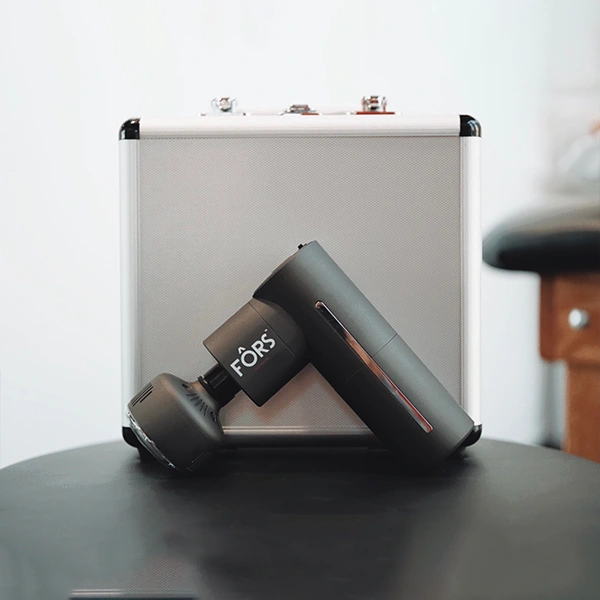
Well you should! There’s nothing that repairs the muscle fibers in your shoulder faster than the Thermo Massage Gun. This percussion massager helps to break down the fascial fibers around your shoulder back and neck helping you regain range of motion and flexibility. The massager provides deep pulsating vibrations that help to break up stagnant toxins from your body tissue allowing for damaged tissue to be released.
You are going to love the sensation that the Thermo Massage Gun gives you. This massage tool is a great way to relax any muscle in your body as well as relieve pain associated with areas like headaches and chronic pain from arthritis, joint issues or old injuries.
Here’s where it gets interesting – This new generation of percussion massagers has a cryo head attachment that has 3 individual heat modes and cooling modes to provide the ultimate massage for your needs. These settings are great for releasing muscle tightness, stimulating circulation and increasing your range of motion.
The Thermo Massage Gun can be powered by use of a single USB cord and is a mini percussion massager that fits neatly into a gym bag or purse. It has a solid red strobe light when getting a heated massage or a distinguishable blue color LED light when cooling mode is active.
Thermo Percussion Massager Features:
- Increased Circulation To Entire Body
- Quiet Glide Technology
- Automatic Shut Off Controls
- High Torque Motor With 3 Adjustable Speeds
- 3 Heat Application Settings, 95 degrees, 104 degrees, 113 degrees.
- 3 Cold Application Settings, 68 degrees, 59 degrees, 50 degrees
- Release Tight and Hidden Soft Tissues
- Rapid Recovery From Exercise Related Pains
- Accelerate Athletic Warm Up & Post Recovery Routines
- Improve Muscular Range Of Motion and Flexibility
- Enhance The Sensation Of Topical Gels & Creams and Help Release Active Ingredients.
Thermo Percussion Massager with Heat and Cold Therapy is a revolutionary new massage tool from FORS LABS the pioneers of pain relief, they have created a new revolutionary massage tool that has been designed for people looking for a way to release tight muscles around your shoulders and relax from the soreness they can cause.
How Do You Do It?
Primarily, it is essential to place your body in a comfortable position to naturally position the body in a relaxed state before and after using the percussion massager. Starting from a slow to medium setting using light pressure, you should move the device from the top of the shoulder to the front, towards the armpit region, ending at the base of the shoulder. This should be carried out within 30 seconds. Thereafter, working on the back of the shoulder, you can start from the nape of the neck to the base of the shoulder and then the top of the shoulder within 30 seconds.
When looking for a percussion massager, it is safer to go for a type that is easy to grip and allows for easy reach to any area without strain. It should also be durable, last longing, and have a balanced weight. For ease and better efficiency, you could go for a shoulder massager which works just like a massage pillow but is designed to fit over your shoulders to give a complete massage. They are basically designed only for the shoulder muscles, but some can be strapped around the lower back. They may be quite expensive compared to massage pillows, but are often more comfortable and convenient to use, especially when you are targeting the shoulder.

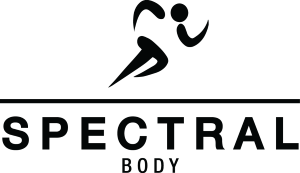
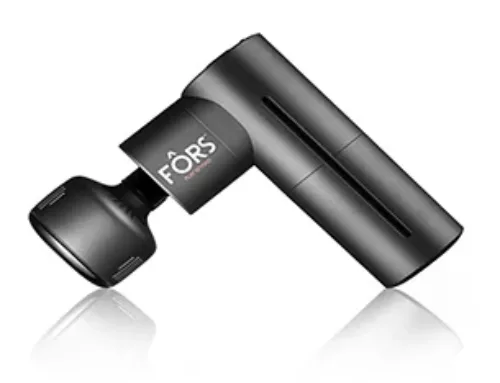
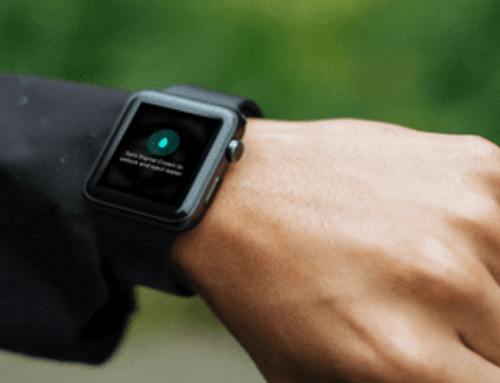
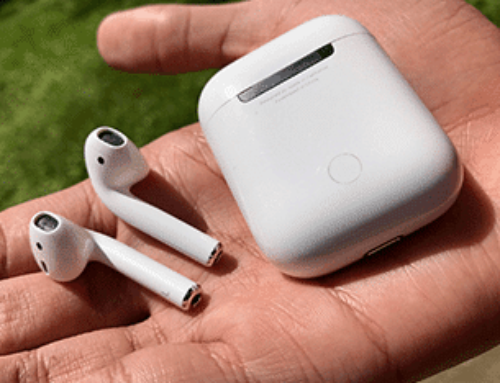
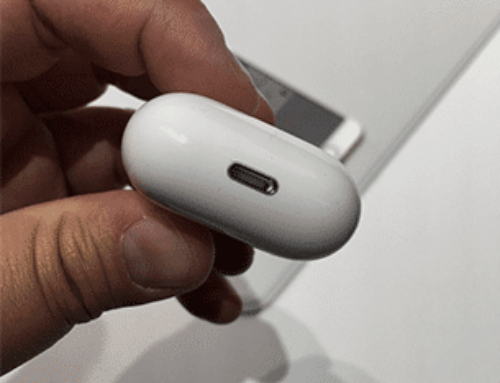
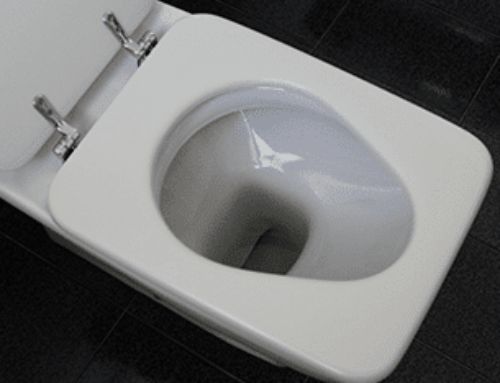
Im going to use my percussion massager on my shoulder tonight
Really good article : ) I was struggling with shoulder pain from pilates class this really helped.
Nice article!
Awesome! You have some great writers.
AWESOME!!
Great blog post!! I will include this in my research.
Nice read!
I use my percussion massager every after working out and it really helps me relax.
This is very helpful. Thank you for posting.
Really helpful article. I’ve been working out since last week, actually, it been a very long time since I last workout and my shoulder is crying in pain. I must have overexercised. And your massager looks interesting.
It’s nice that you can just pinpoint exactly the pain with percussion massager.
This kind of post is why I love your website! you’re awesome!